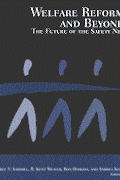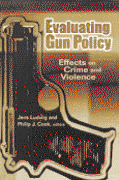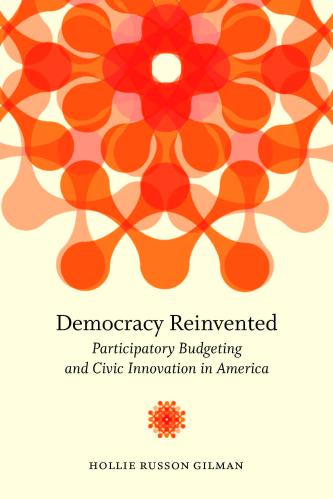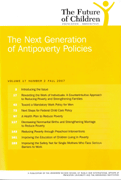


Book
Compared with other developed nations, the United States is unique in its high rates of both gun ownership and murder. Although widespread gun ownership does not have much effect on...
Compared with other developed nations, the United States is unique in its high rates of both gun ownership and murder. Although widespread gun ownership does not have much effect on the overall crime rate, gun use does make criminal violence more lethal and has a unique capacity to terrorize the public. Gun crime accounts for most of the costs of gun violence in the United States, which are on the order of $100 billion per year. But that is not the whole story. Guns also provide recreational benefits and sometimes are used virtuously in fending off or forestalling criminal attacks. Given that guns may be used for both good and ill, the goal of gun policy in the United States has been to reduce the flow of guns to the highest-risk groups while preserving access for most people. There is no lack of opinions on policies to regulate gun commerce, possession, and use, and most policy proposals spark intense controversy. Whether the current system achieves the proper balance between preserving access and preventing misuse remains the subject of considerable debate. Evaluating Gun Policy provides guidance for a pragmatic approach to gun policy using good empirical research to help resolve conflicting assertions about the effects of guns, gun control, and law enforcement. The chapters in this volume do not conform neatly to the claims of any one political position. The book is divided into five parts. In the first section, contributors analyze the connections between rates of gun ownership and two outcomes of particular interest to society—suicide and burglary. Regulating ownership is the focus of the second section, where contributors investigate the consequences a large-scale combined gun ban and buy-back program in Australia, as well as the impact of state laws that prohibit gun ownership to those with histories of domestic violence. The third section focuses on efforts to restrict gun carrying and includes a critical examination of efforts in Pittsburgh to patrol illegal gun traffic and a re-examination of the effects of permissive state gun-carrying laws. This section also features the first rigorous—and critical—analysis of Richmond’s Project Exile, which serves as one model for the national Project Safe Neighborhoods program. The fourth section focuses on efforts to facilitate research on gun violence, including a database on state gun laws and the ongoing development of a nationwide violent-death reporting system. The book concludes with an examination of the policy process. Differences in opinion about gun policy flourish partly because of the lack of sound evidence in this area. The contributors to this volume demonstrate that skilled and dispassionate analysis of the evidence is attainable, even in an area as contentious as firearm policy. For pragmatists who wish to reduce the social burden of gun violence, there is no acceptable alternative.
Related Books

Isabel V. Sawhill, R. Kent Weaver, Ron Haskins, Andrea Kane
April 29, 2002

Hollie Russon Gilman
January 26, 2016

Ron Haskins, Isabel V. Sawhill
September 15, 2007
Jens Ludwig is associate professor of public policy at Georgetown University and formerly the Andrew W. Mellon Fellow in Economic Studies at the Brookings Institution and a visiting scholar at the Northwestern University/University of Chicago Joint Center for Poverty Research. Philip J. Cook is the ITT/Sanford Professor of Public Policy at Duke University. Cook and Jens Ludwig coauthored Gun Violence: The Real Costs (2000, Oxford University Press).